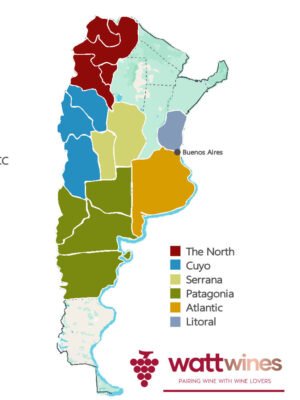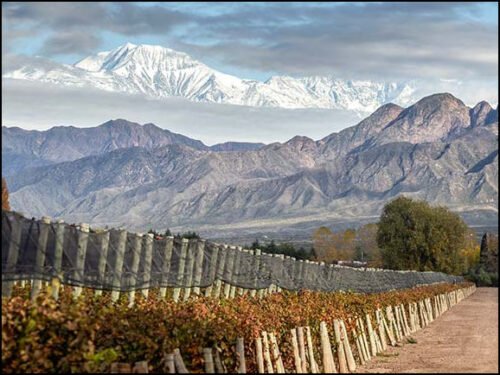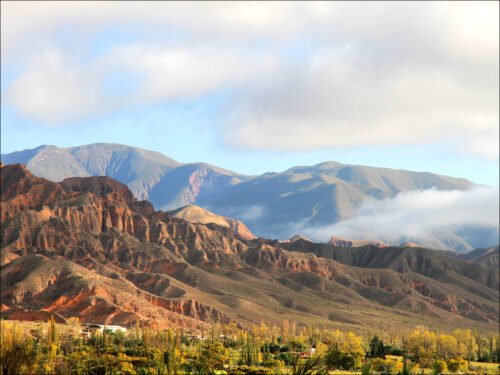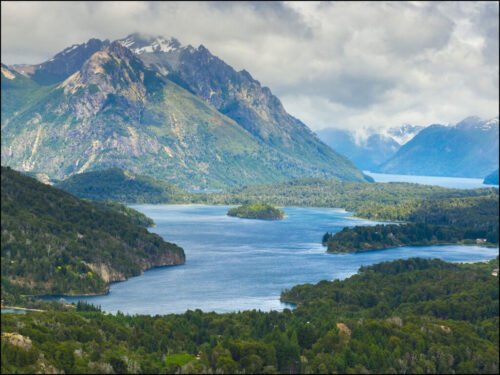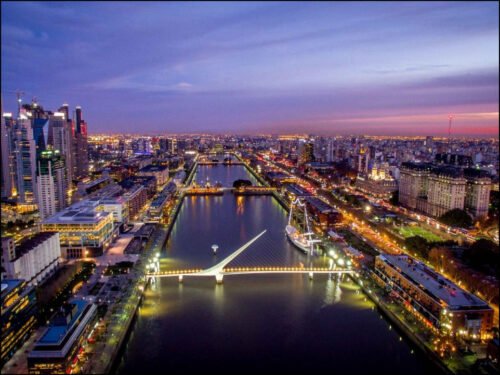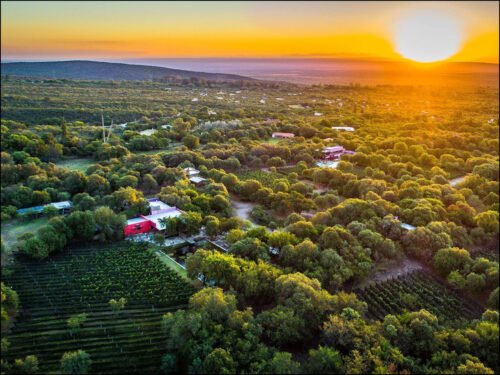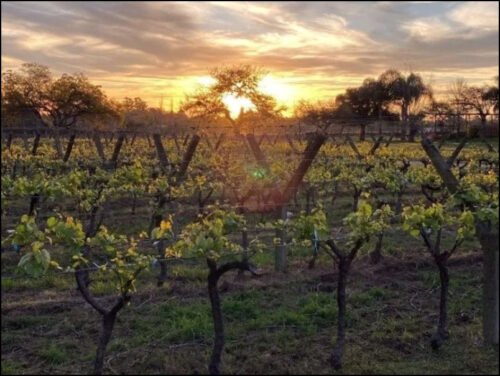Argentina is characterised by its diverse terroirs, ranging from the high-altitude vineyards of Mendoza and Salta to the cooler climates of Patagonia. The country’s commitment to blending traditional winemaking techniques with modern innovations contributes to its growing global reputation. Each region offers distinct wines reflective of its unique environmental conditions, making Argentina a rich and varied landscape for wine enthusiasts to explore.
The country can be divided into six key wine-growing regions:
The North, comprising more than 6,400 hectares northwest of the provinces of Salta, Catamarca and Tucuman, crisscrossed by the Calchaquí Valleys (GI), and a smaller portion of Jujuy, in the Valles Templados and the Quebrada de Humahuaca (GI), where the highest point of Argentine viticulture can be found. In the town of Uquía (Jujuy), a vineyard perched on the now-disused Moya mine reaches 3,330m above sea level and is the highest vineyard in the world.
Cuyo is an arid and fertile region in the centre west of the country, at the foot of the Andes mountain range. It has approximately 178,000 hectares of cultivated area and includes the provinces of La Rioja, San Juan, and Mendoza. The area accounts for 95% of the total area planted in the country, making it the most prolific region in South America and one of the most significant worldwide. It is in Cuyo that the diverse character of Argentine viticulture becomes most evident.
The Patagonia and Atlantic regions are vast, desolate expanses located in the southern part of the territory. Low, wooded mountains flank them. To the west, there is a circuit of paradisiacal lakes, and to the east, there is the Atlantic coast. The cultivated area covers 3,780 hectares, representing approximately 2% of the total area planted in Argentina. Winemaking in the northern region is based around the basins and banks of the main rivers. It includes several oases to the southwest of the province of La Pampa, east of Neuquén and north of Río Negro, until the mouth of the river in the Mar Argentino. In recent years, producers have pushed the wine frontier further and further south, beyond the 45th parallel in Chubut, and to the east with new projects in Chapadmalal GI (Buenos Aires).
Serrana lies east of Cuyo and centres around Cordoba, with Litoral further east again around Entre Rios.
You can’t talk about Argentina without giving a special mention to its most famous region, Mendoza, which is the heart of Argentine Wine.
Mendoza is located in the western part of Argentina, adjacent to the Andes Mountains, and is the country’s most famous and most extensive wine region. The climate here is continental, characterised by hot, sunny days and cool nights, thanks to the high altitudes of the vineyards, which can reach up to 1,500 meters. This significant elevation creates ideal conditions for growing grapes, with intense sunlight and considerable temperature fluctuations that help preserve the fruit’s acidity and enhance flavour complexity. Mendoza is divided into several vital subregions. Luján de Cuyo, often called the “Malbec Capital,” is renowned for its premium Malbec and produces excellent Cabernet Sauvignon and Chardonnay. The Uco Valley, with its higher altitudes, is celebrated for its vibrant and fresh wines, particularly Malbec, Pinot Noir, and Sauvignon Blanc. San Rafael, situated in the southern part of Mendoza, is known for its diverse wine offerings, including robust reds and aromatic whites. Prominent wineries such as Bodega Catena Zapata, known for its high-altitude Malbecs, and Bodega Norton, which offers various varietals, contribute significantly to Mendoza’s reputation. Bodega Salentein, with its distinctive architecture and commitment to sustainable practices, also stands out.
Click here to search for Argentinian wineries, or use the Watt Wines map below to zoom in and explore these unique regions.
Wineries around the country
Click here to find out more about the wineries in this region and to search for specific criteria.
Top Stats of Argentina Wineries
Regions
>50
Wineries
approx 1500
Alltitude
4 – 3330m
Cultivated Area
189,000 hectares
Regions
The Cuyo region is a prominent and historically significant wine-producing area in Argentina. It encompasses several key provinces integral to the country’s viticulture, including Mendoza, San Juan, and La Rioja.
The northern wine regions of Argentina are characterised by their unique climates and high altitudes, producing distinct and high-quality wines. These regions include Salta, Tucuman, Jujuy, and Catamarca.
Serrana de Córdoba wine region is a hidden gem within the country’s broader winemaking tradition. Nestled in the high-altitude landscapes of Córdoba province, the region offers a unique terroir that contributes to its distinctive wine profile.
Located in the northeast, Litoral is home to an emerging wine culture. Though smaller in scale compared to more prominent areas like Mendoza or Patagonia, it focuses on specific varietals that thrive in the humid, subtropical climate.
Source: Wines of Argentina


